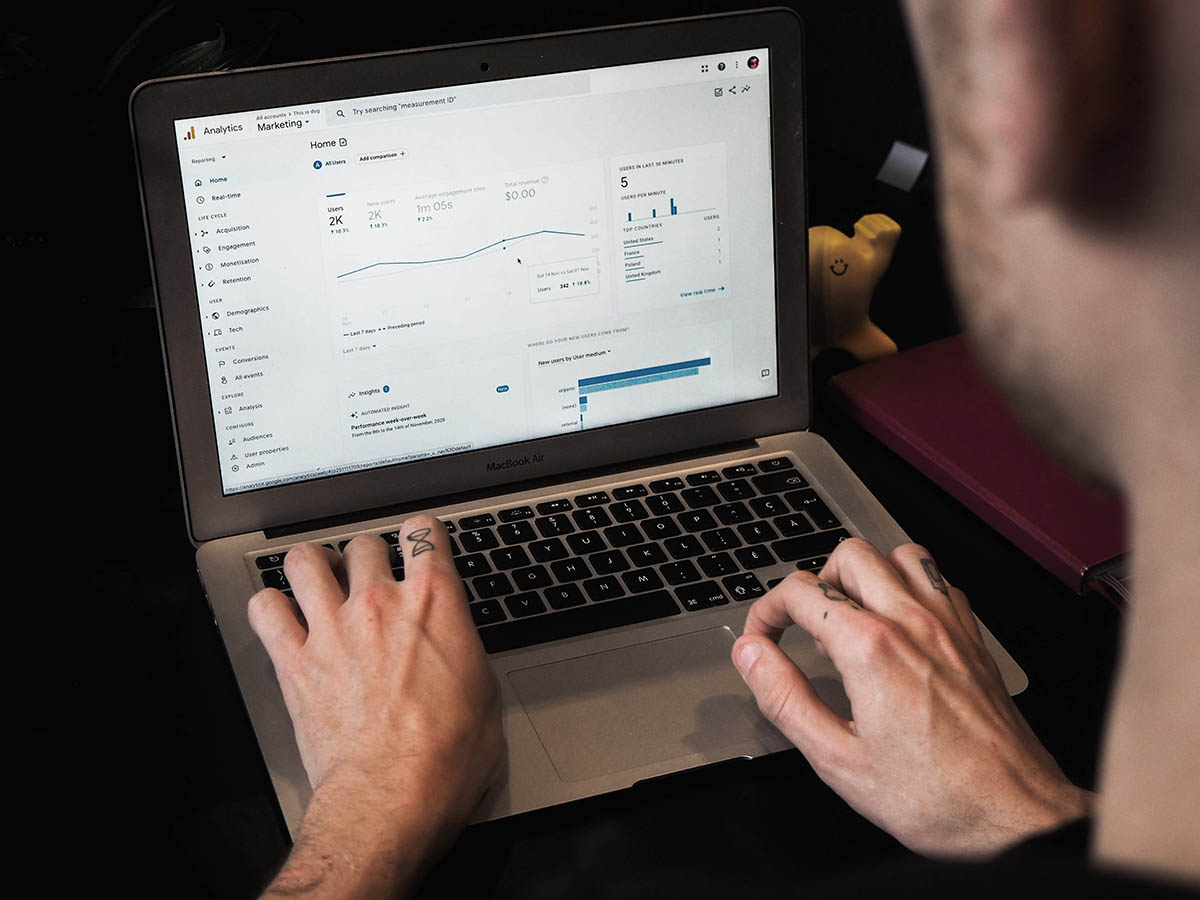Have you ever wanted to track how many people click on your link for a specific campaign or promotion? Now you can with a Google Analytic link. The concept is pretty simple to understand and once you create it, you’ll feel like a professional coder. Google Analytic links allow you to track the number of clicks on your referral link by defining certain parameters on the end of your URL. When adding these parameters to campaign urls you’re able to track what campaigns are getting the most traffic and providing the most revenue.
These modified URL links give you specific data inside of Google Analytics such as the referrer, medium or marketing tactic. By setting these parameters you’re able to see what links you’ve shared are working the best and where links are being overlooked. This helps to understand overall efficiency and efficacy of your campaign as well as figuring out where revenue is mostly being generated. For example, if you are doing some AB testing on an email campaign and you want to see what email messaging was most effective in getting people to click on the donation link, you can modify your donation link to track how many clicks came from each email.
Building a Google Analytic Link
When you’re ready to set up your Google Analytic link for your campaign there are two ways to go about it. The first is setting up your parameters manually (here’s where the coding comes in). If manually setting them up, you just need to add the parameters to the end of whatever url you want to use. There are a number of different parameters you can add to the back end of your link. A few examples include:
- utm_id: Campaign ID
- utm_source: Referrer,
- utm_medium: Marketing medium
- utm_campaign: Product, slogan, promo code
- utm_term: Paid keyword
Parameters need to be linked with a value. For example, utm_medium = email tracks traffic from an email campaign versus one on social media. These values act as a road map for what your parameters mean. In the example above, the parameter is the medium and the value is email. When you add parameters to a url, you should always use utm_source, utm_medium, and utm_campaign. Always make sure to separate parameters with a question mark and separate parameter-values with an ampersand.

Here is an example link:
http://www.example.com/?utm_source=exampleblog&utm_medium=referral&utm_campaign=summer-sale
Other important notes to keep in mind is that values are case sensitive and you can use the values in any order.
If you are not choosing the manual route you can use something called a campaign url builder. These simplify the coding process for you. You simply choose what parameters you’d like to set and the computer spits out a link for you to use.
Using campaign specific links are a great way to help you track specific traffic. Additionally, you’ll see where your campaigns are most effective. This will help you tailor and make adjustments to your specific campaigns leaving you with better results.

